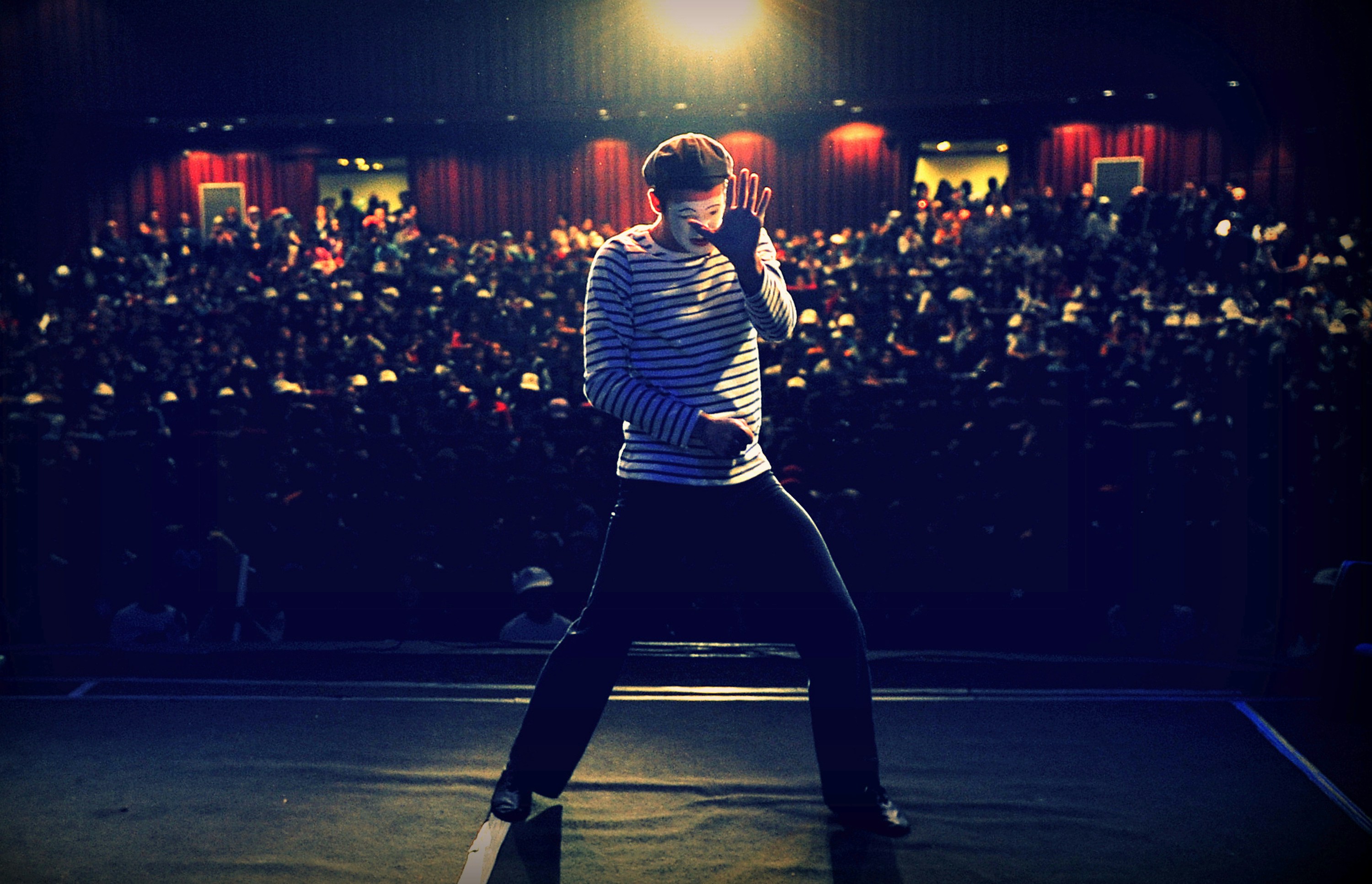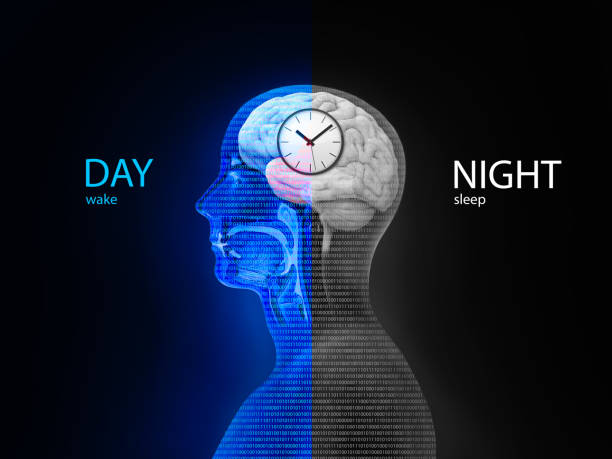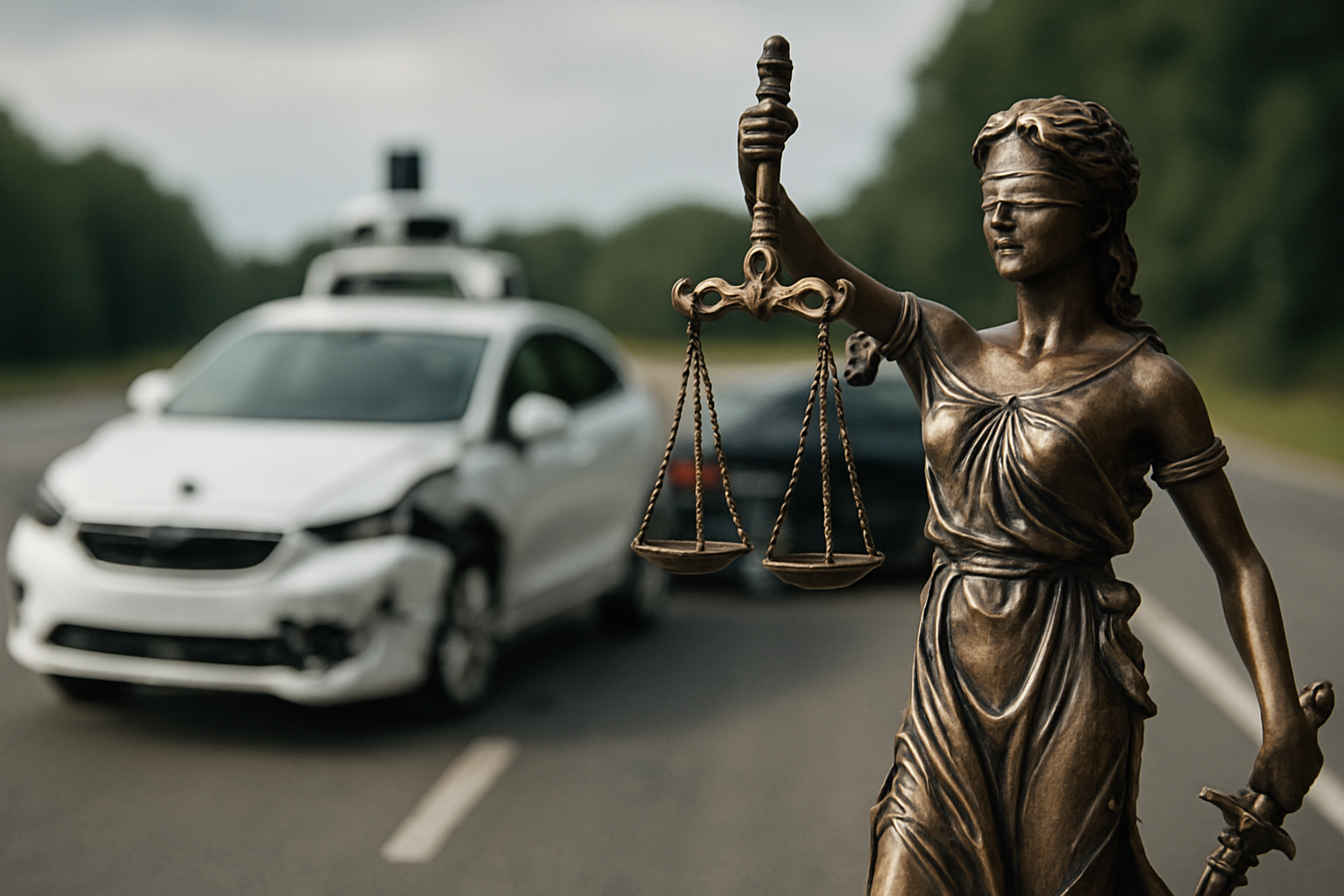Monumental Moments: Capturing the Essence of Live Performances
In an era dominated by digital consumption, the raw energy and ephemeral nature of live performances continue to captivate audiences worldwide. This article delves into the art of capturing monumental moments in live shows, exploring how photographers and videographers immortalize the fleeting magic of concerts, theater, and dance performances. From the technical challenges to the artistic vision required, we'll uncover the intricate process behind preserving these cultural touchstones for posterity.

A Brief History of Performance Documentation
The practice of documenting live performances dates back to the early days of photography. In the late 19th century, pioneering photographers like Nadar began experimenting with capturing theatrical productions, though long exposure times and cumbersome equipment limited their success. As technology advanced, so did the possibilities for performance documentation. The advent of motion pictures in the early 20th century revolutionized the field, allowing for the first time the capture of movement and sound in tandem.
The Technical Challenges of Live Performance Capture
Documenting live performances presents a unique set of challenges that push the boundaries of photographic and videographic technology. Low light conditions, rapid movements, and unpredictable staging all contribute to the complexity of the task. Modern photographers and videographers must be well-versed in a range of techniques and equipment to overcome these obstacles.
High-sensitivity cameras capable of producing clean images in low light are essential tools of the trade. Fast lenses with wide apertures allow for the capture of sharp images even in dimly lit venues. Additionally, the use of multiple camera setups has become increasingly common, enabling documentarians to capture performances from various angles simultaneously.
The Artistic Vision: Beyond Technical Proficiency
While technical skills are crucial, the true art of performance documentation lies in the ability to convey the emotional impact and energy of a live event. This requires a deep understanding of the performance itself, as well as an intuitive sense of timing and composition. The most skilled documentarians are able to anticipate key moments, positioning themselves to capture not just the action on stage, but the reactions of the audience and the overall atmosphere of the event.
Color grading and post-production techniques play a significant role in enhancing the visual storytelling of performance documentation. By carefully adjusting contrast, saturation, and other parameters, documentarians can recreate the ambiance and mood of the live experience, transporting viewers back to the moment of performance.
The Ethics of Performance Documentation
As the field of performance documentation has evolved, so too have the ethical considerations surrounding it. Questions of ownership, artistic integrity, and privacy have come to the forefront. Who owns the rights to documented performances? How much editing and manipulation is acceptable before the documentation becomes a separate work of art in itself? These are just a few of the complex issues that documentarians and performers must navigate in the modern era.
Many venues and performers now have strict guidelines regarding photography and videography during live events. Some artists embrace documentation as a way to expand their reach and preserve their legacy, while others view it as a distraction or a potential threat to the uniqueness of the live experience. Striking a balance between these perspectives remains an ongoing challenge for the industry.
The Future of Performance Documentation
As technology continues to advance at a rapid pace, the future of performance documentation looks both exciting and uncertain. Virtual and augmented reality technologies promise to revolutionize the way we experience recorded performances, potentially blurring the line between live and documented events. Meanwhile, artificial intelligence and machine learning algorithms are being developed to assist in the capture and editing process, raising questions about the role of human creativity in documentation.
Despite these technological advancements, the core essence of performance documentation remains unchanged: to capture and preserve the magic of live performances for future generations. As long as artists continue to create and audiences continue to gather, there will be a need for skilled documentarians to bridge the gap between the ephemeral and the eternal, ensuring that these monumental moments are not lost to time.





